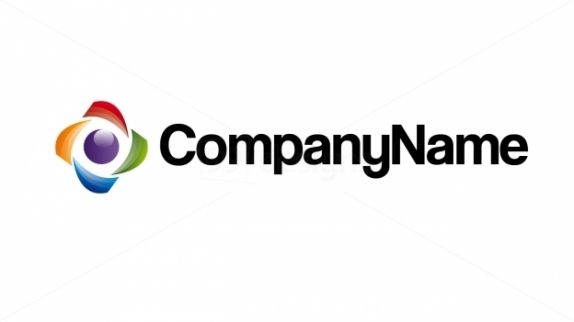
The 5 Best Pitch Tactics I Heard as an Angel Investor
One of the blandest bits of advice that I always hear for pitching to angel investors is to “stand out.”
I
think I’ve rolled my eyes at that tip so many times that I’m beginning
to worry about my vision. Of course, you want to make a memorable
impression, but at the end of the day, you want to be remembered for
your amazing idea, not for a flashy gimmick.
I had the great pleasure of spending a year as a member of the angel investor group Tech Coast Angels,
where I heard numerous pitches from entrepreneurs. During my time
there, I discovered that the best pitches have five elements in common.
1. They connect with the heart.
Pitching
is about understanding what the investors are most interested in and
developing a conversation that connects on an emotional level. Tell a
story that’s relatable, inspirational and addresses the marketplace
problem you’re solving. Let them see every ounce of the passion that
drives you.
Your passion will differentiate you in their minds
because it’s an admirable character trait that shows promise. It makes a
statement that you’re going to make your dreams happen with or without
their help, and that will make them want to be a part of your success
story.
Related: Don't Buy Into the Lies -- It's Possible to Have a Career and a Family
2. They connect with the head.
Telling
an inspiring story won’t get you far if your idea is still floating in
the clouds. It needs to be firmly planted in the ground where it can
grow. You have to prove very quickly that you know your stuff, or the
investors will stop listening.
I once saw a pitch for a waterproof
case for iPods. The entrepreneurs utilized fun, attention-grabbing
tactics, but what I remember most was their unique value proposition and
business model, which involved a good sales distribution strategy that
allowed faster time to market. They knew exactly how they wanted to
build a company around a product they loved.
Investors want to know why
your product solves a problem or is a “must have.” Be ready to answer
all sorts of questions: How large is your market? Who are your
competitors? Why is your product better than the others? What is your
customer acquisition strategy? Is there a big enough market and customer
base for the idea? People are often rejected due to overvaluation or
the lack of a competitive advantage, so be careful in those areas.
3. They don’t mimic a spreadsheet.
One
of the biggest mistakes I saw in pitches was incorporating too much
data and statistics. You want to include the market size and analysis,
but don’t spend too much time on it. It’s more important that you convey
a value-oriented, compelling and memorable message, so be precise and
simple. Don’t come with a 30-slide PowerPoint; use 10 to 12 slides, and
make each slide count. A simpler idea is easier to understand and buy
into.
Related: The Only 10 Slides Needed When Pitching Your Business (Infographic)
4. They have a great team dynamic.
Investors are looking at you and
your management team. They know a bad partnership can ruin a business.
Your partners and the team dynamic should help inspire confidence, not
raise questions. If investors sense any friction, they’ll fear your
failure. If you have an experienced, seamless team, it’s easier to win
over investors.
I once saw a pitch from a company that had
developed a diagnostic device to detect diseases in women’s reproductive
organs. This company had an extensive advisory board supporting the
product, and the CEO had solid experience in taking a company to the
next level. The people behind the product made me want to invest.
5. They leave investors wanting more.
Angel investors invested more than $20 billion
in 2010. To get a slice of that pie, you don’t just need a strong
conclusion -- you need an exit strategy that informs investors how
they’ll get their money back. They could love your idea, but if they
don’t think they’ll make money off of it, they’ll share their wealth
elsewhere.
Pitching your idea to investors is daunting. But when
you have a great idea, a smart business plan and amazing people backing
you up, you can wow investors and get the financial backing you need.








